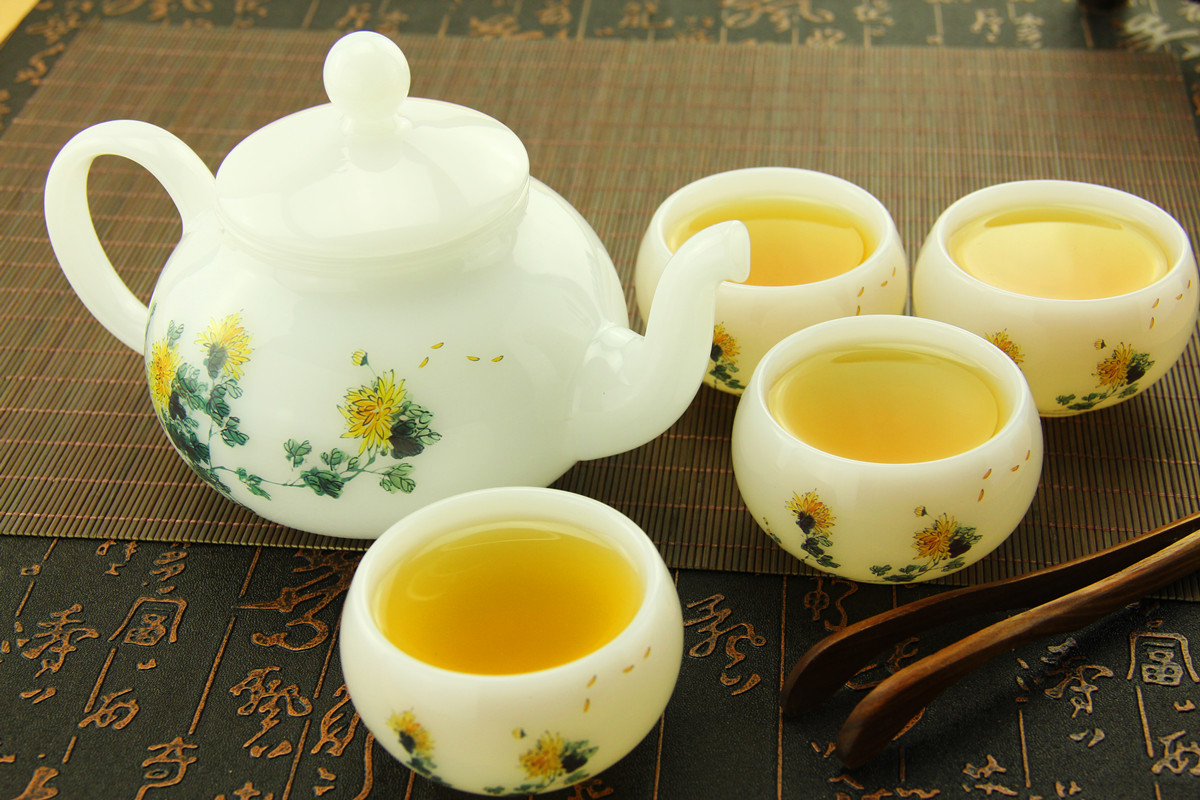The demand for small offset printing presses in the printing industry is a bit like that of the home appliance industry and the home car industry. With the improvement of living standards, the speed of replacement is accelerating, and so is the printing industry. With the accumulation of capital in printing companies, the quality of printed materials has been continuously improved and unconsciously entered the color era. The increase in the number of multi-color printing presses can be seen from the production, sales volume and import volume of polychromatic machines of a group of printing machinery manufacturers.
The development of multi-color small lithographic printing presses has undergone an extraordinary process due to the development and cultivation of the market.
The initial market for multicolor small offset printing presses has been monopolized by foreign manufacturers. Imported equipment is mainly concentrated in Japan's Ryobi, Hamada, Gongyao, and Heidelberg in Germany. In the late 20th century, domestic small offset press manufacturers and printers had predicted the prospect of small offset presses entering commercial short presses and quietly began to design and develop multicolor small offset presses. Around 1996, Beiren Group's No.2 Printing Machinery Factory accumulated design power to develop and design miniature lithographic printing press products, and monochrome, dual-color, multi-function, multi-colored small lithographic printing presses were put into production as planned, and the prototyping of multiple color machines was completed. After long-term application tests conducted by users, although a lot of experience has been accumulated, the market has not been formed at the end of the year, manufacturing technology is not yet complete, and small-scale trial production has not been conducted. There is also a MasterCard printing plant, which has Heidelberg’s GTO52 multi-colored small lithographic printing press. The market prospect of this type of equipment is forecasted. A group of technical personnel are organized by self-financing to design and trial production of 10 multi-colored small lithographic printings. The machine was widely publicized in the media. Similarly, due to the fact that the market has not yet formed, the level of technology, etc., after the sale of a part of the equipment, the technology is sold to another company and the production is stopped. For the market prospects of multi-color small lithographic printing presses, people of insight have not wavered, and two companies have entered the field. At that time, the industry’s followers had learned that some companies were engaged in multi-color small offset printing presses, but most people did not know it.
Teaware is a broad international spectrum of equipment used in the brewing and consumption of tea. Many components make up that spectrum, and vary greatly based upon the type of tea being prepared, and the cultural setting in which it is being prepared. This is often referred to as the tea ceremony, and holds much significance in many cultures, particularly in northwestern Europe and in eastern Asia.
Description:
Usage: Liquor/Wine/Beverage
Material: Extra-flint, high-flint and flint glass
Technology: Machine made
Volume: 50 to 3000ml or as your requirements
Weight: 150 to 2000g and so on
Sealing type: Screw cap or cork
Painting: Any color as you requirement
Quality control: SGS, FDA, ISO9001, ISO14001
Deep processing: Silk screen, decal, spray painting, electroplating, frosting, sand blasting.
Delivery term: EXW, FOB, CIF
Payment terms: T/T
Lead time: New design drawing confirm within 3days, Sample mold within 20 days, bulk molds within 30 days, produce in bulk within 30 days
FAQ:
Q: Are you a manufacture or a trading company?
A: We are a manufacture which located in Chengdu city and Yibin city, Sichuan, China.
Q: Can you customize the products?
A: Yes, we are professional to customize glass bottle, we can design the new drawings and open the new molds according to your requirement.
Q: Do you provide free sample?
A: Yes, for cooperation sincerity, we are glad to provide you samples for free, but for new customer, the express cost need to be paid.
Q: What is your MOQ?
A: Our only standard for MOQ is a 40 feet container.
Q: How long is your sample lead time, mold need time and production lead time?
A: New design drawing confirm within 3 days, sample mold within 20 days, bulk molds within 30 days, produce in bulk within 30 days

Teaware
Opal Glass Teaware,Hot-baking Label Teaware,Glass Teapot Product,Glass Material Teaware Mug
SICHUAN YIBIN GLOBAL GROUP CO.,LTD. , https://www.globalglassbottle.com